Nick Waplington’s latest book ’Settlement’ provides a poignant view of family life in the West Bank
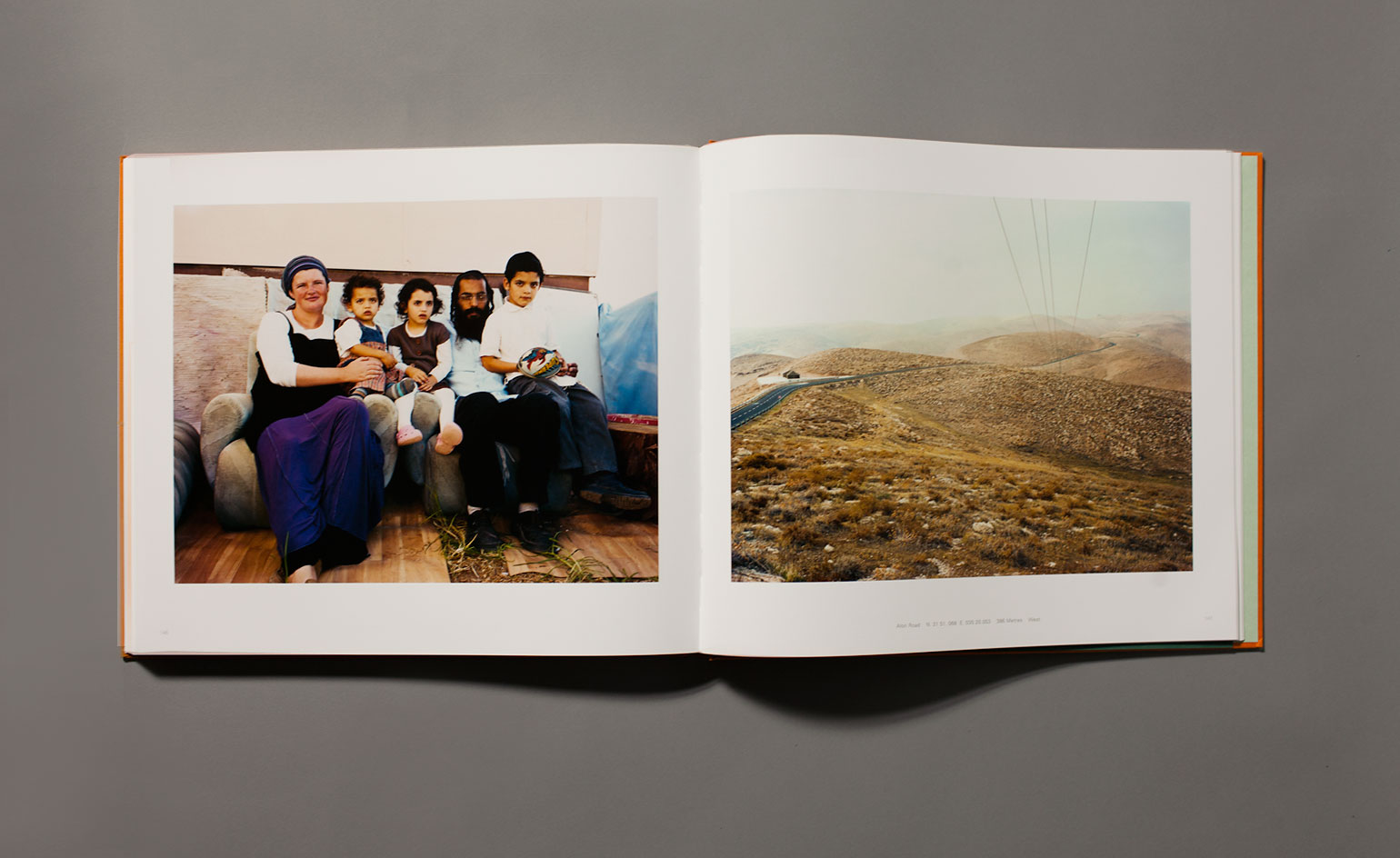
The landscape of the West Bank has become an all too familiar backdrop to the news in recent years. From 2008 to 2013 British photographer Nick Waplington was working there and his resulting book ‘Settlement’ weaves together two very different sets of photographs.
On the one hand he presents the landscape of the world’s most disputed piece of ground, where barren, elemental mountain country dwarfs shantytown-like settlements, as well as good new roads and infrastructure.
By contrast, on every other page there is a formally arranged but relaxed family portrait: mostly traditional, happy family units with mum, dad and kids. Everything about the portraits and their subjects is rather lovely. They have sympathetic faces, radiate health, normality, and close family ties. There are small clues that give away the personality of the subjects – a guitar or a tidy garden. Some men wear the Kippah, but others wear a quirky sunhat, and nothing suggests class barriers, prejudice or religious conservatism. It’s almost utopian.
These families are the 'settlers' of the book’s title - Jewish settlers who form less than 20 per cent of the population in the West Bank. Their settlements are illegal under international law, and their existence is not as passive or as peaceful as it looks (consider the three Israeli teenagers killed earlier this year and the bloodshed since). In appearance these are highly sympathetic portraits – good people living simple lives. But there is something deeply critical about them too.
In ‘Living Room’, the 1991 series that made his name, Waplington showed us how two large working class families were making the best of a very difficult time in Thatcher’s Britain. By observing their chaotic lives with startling honesty, warmth and humour he turned the working class slob into a kind of hero. But most importantly he made real, complex beings of a social group lumped together in the press. By doing so he presented a universal truth: nobody is perfect, but most families are pretty much the same, making the best of their circumstances.
This latest book is the best and most political body of work he’s made since. But the implication is almost the reverse of what was being said in ‘Living Room’. Here, Waplington is showing how all families are worlds within worlds; they turn inwards to create safety and comfort. Again, it’s a universal story. We make our homes wherever we consider it our birthright, and we’re all guilty of turning a blind eye to what goes on outside our front doors.
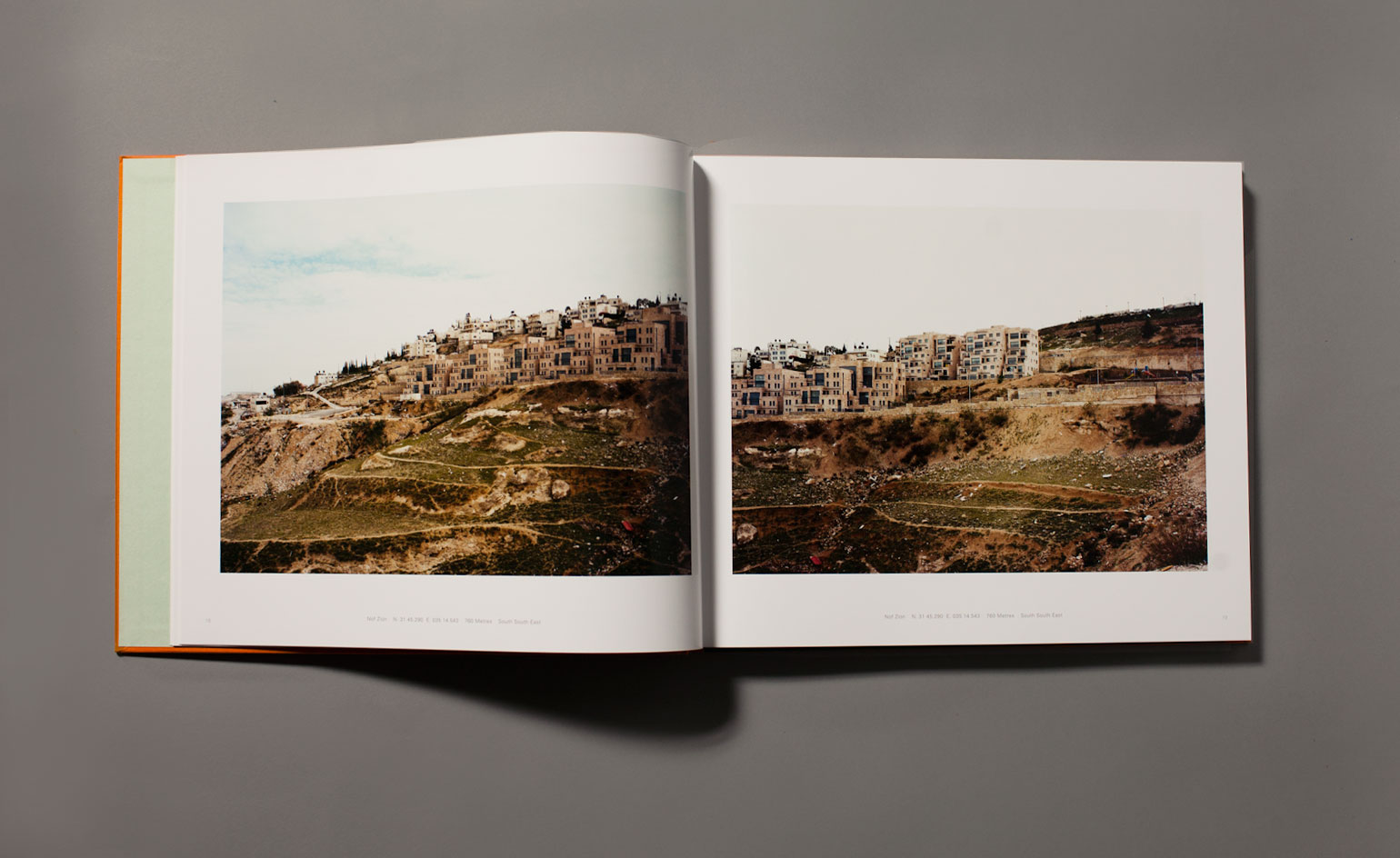
On the one hand he presents the landscape of the world’s most disputed piece of ground, where barren, elemental mountain country dwarfs shantytown-like settlements

By contrast, on every other page there is a formally arranged but relaxed family portrait: mostly traditional, happy family units with mum, dad and kids. Here, Waplington is showing how all families are worlds within worlds
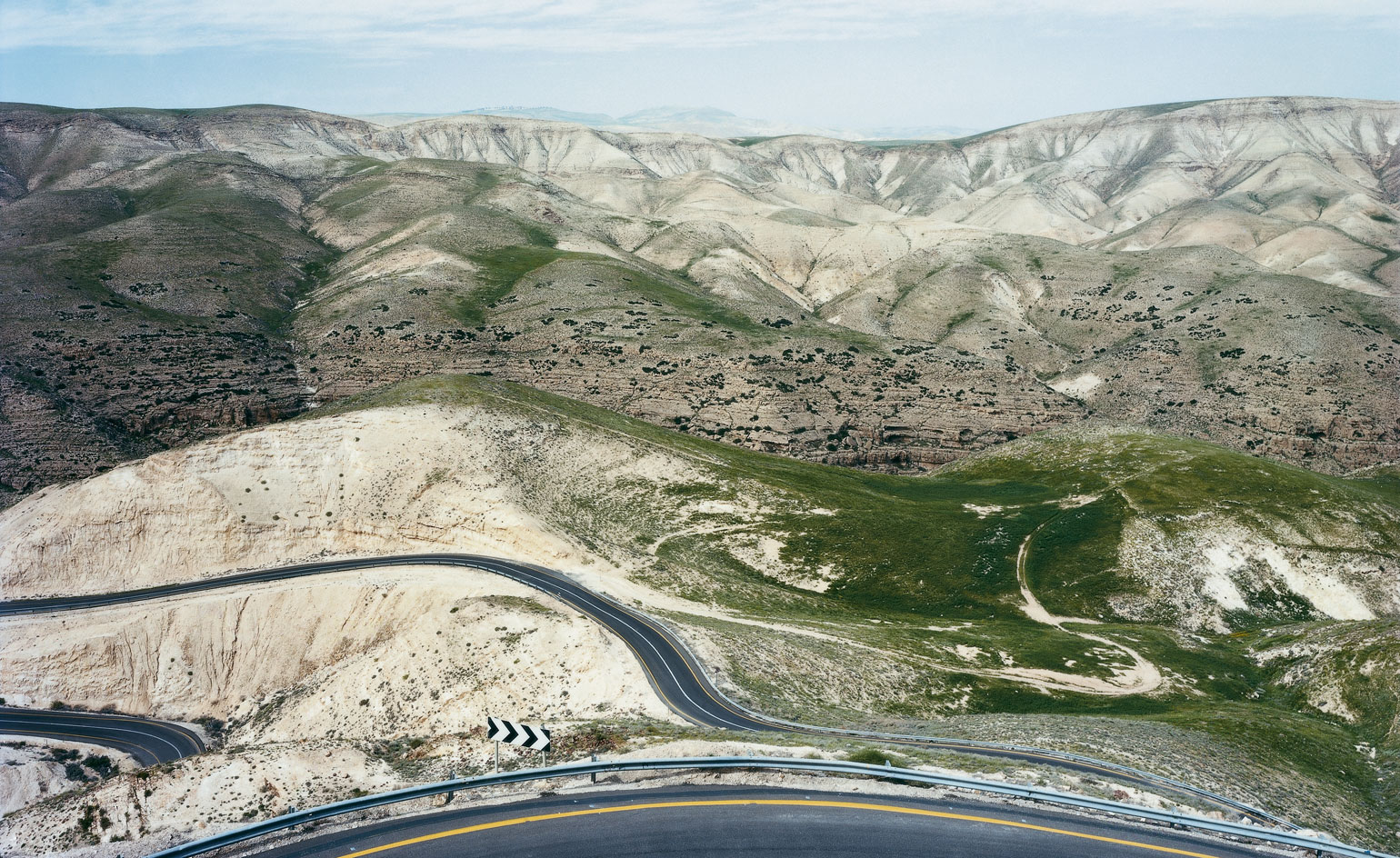
New roads and infrastructure similarly contrast a deep feeling of isolation. This photograph is titled, 'Alon Road N. 31 50. 199 E. 035 21 .235 561 Meters South North West'
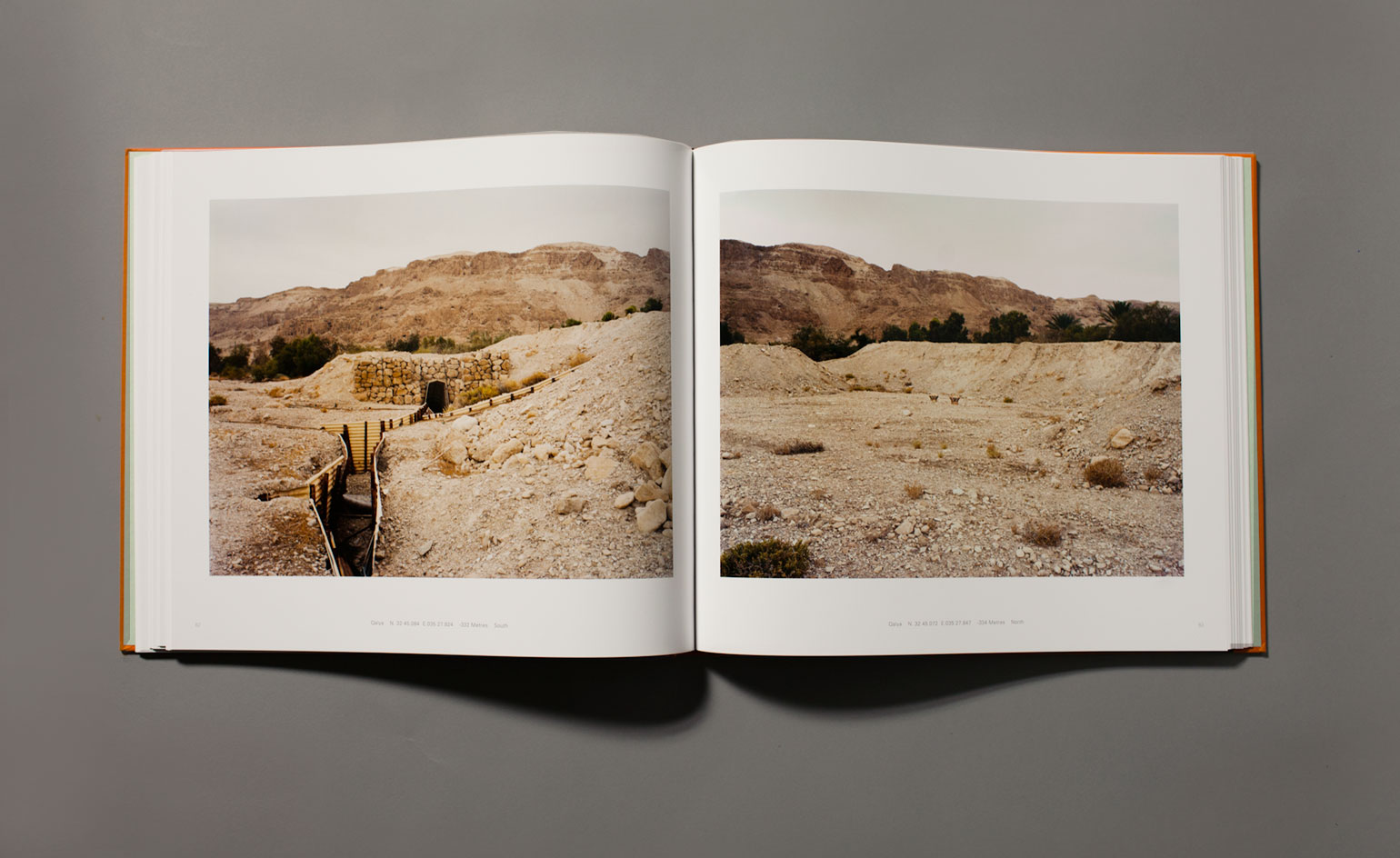
From the left: 'Qalya N. 32 45.084 E.035 27.824 -332 Metres South'. Right: 'Qalya N 32 45.072 E.035 27.847 -334 Metres North'
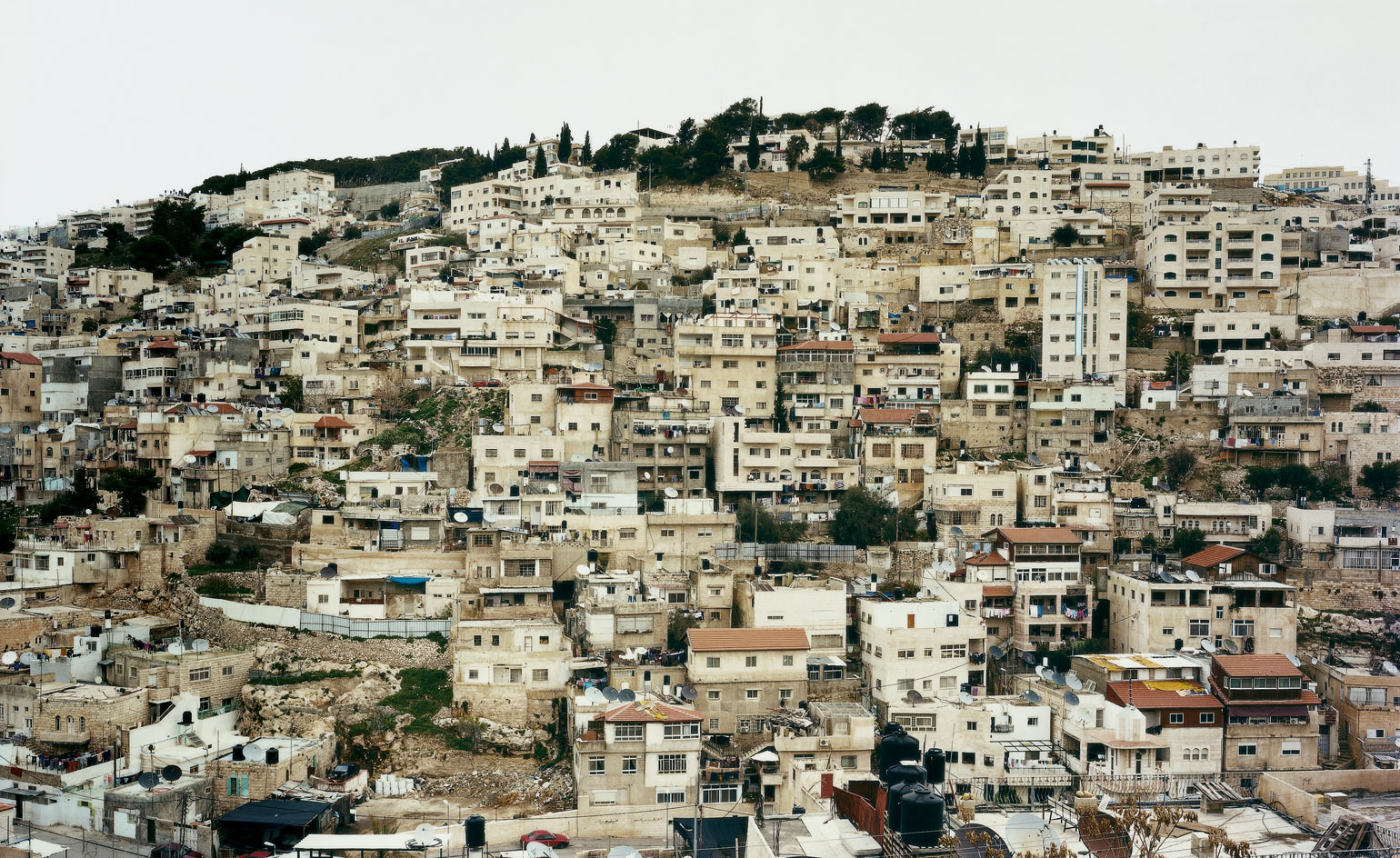
'Beit Yonatan N. 31 46.404 E. 035 14.085 640 Metres East'
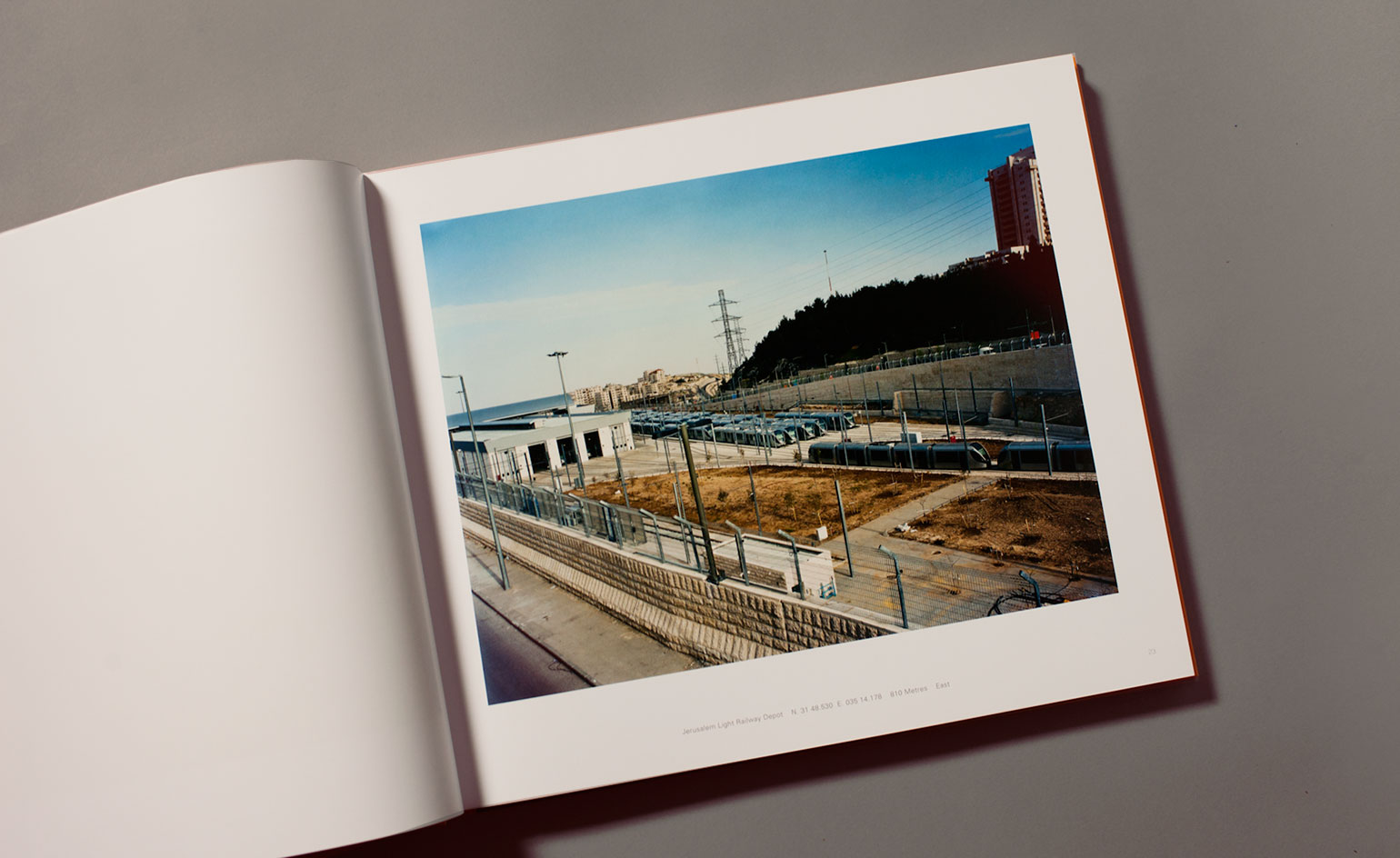
'Jerusalem Light Railway Deport N. 31 48.530 E. 035 14. 178 810 Metres East'
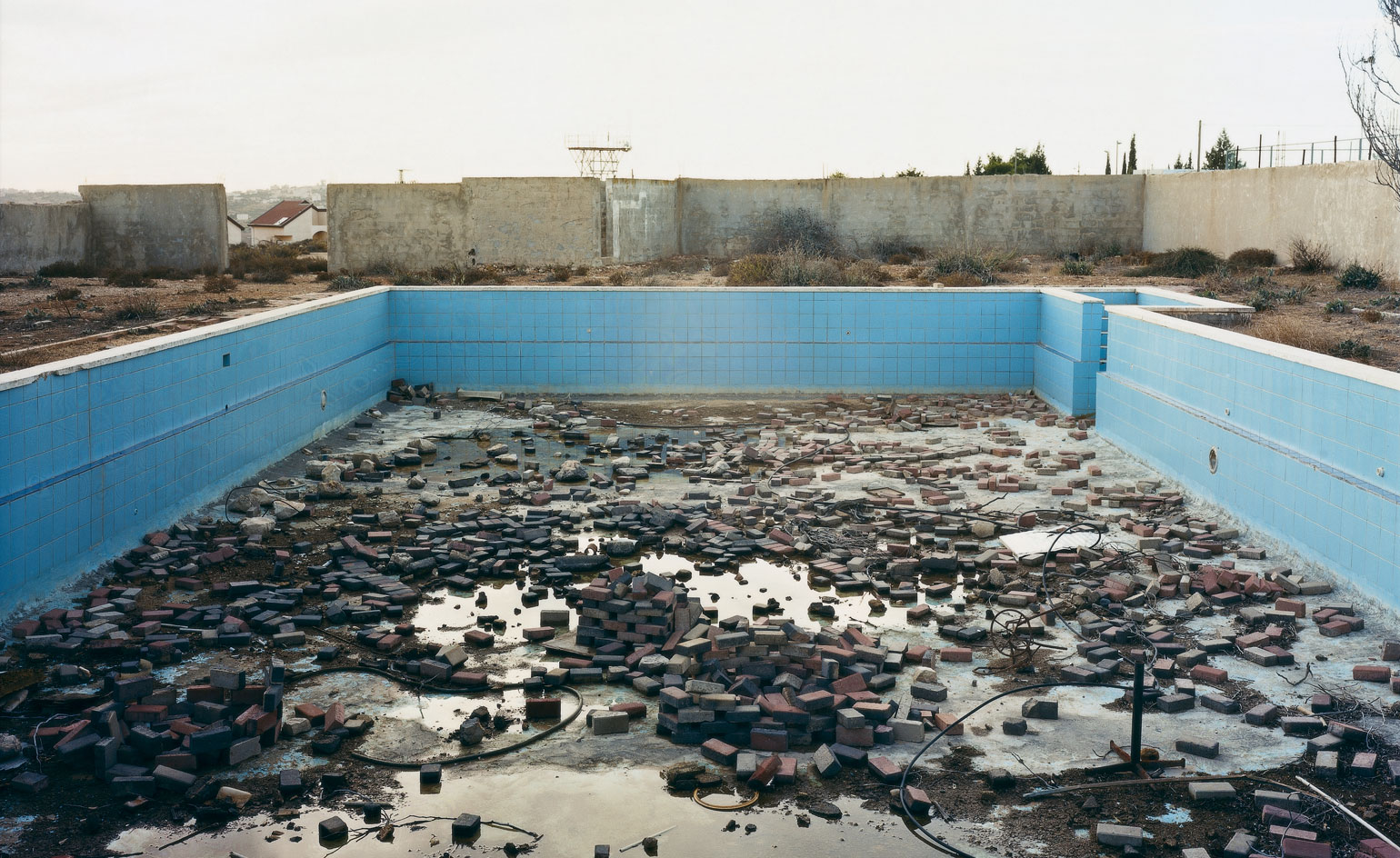
'Metzad N. 31 35.090 E. 035 11.289 950 Metres East'
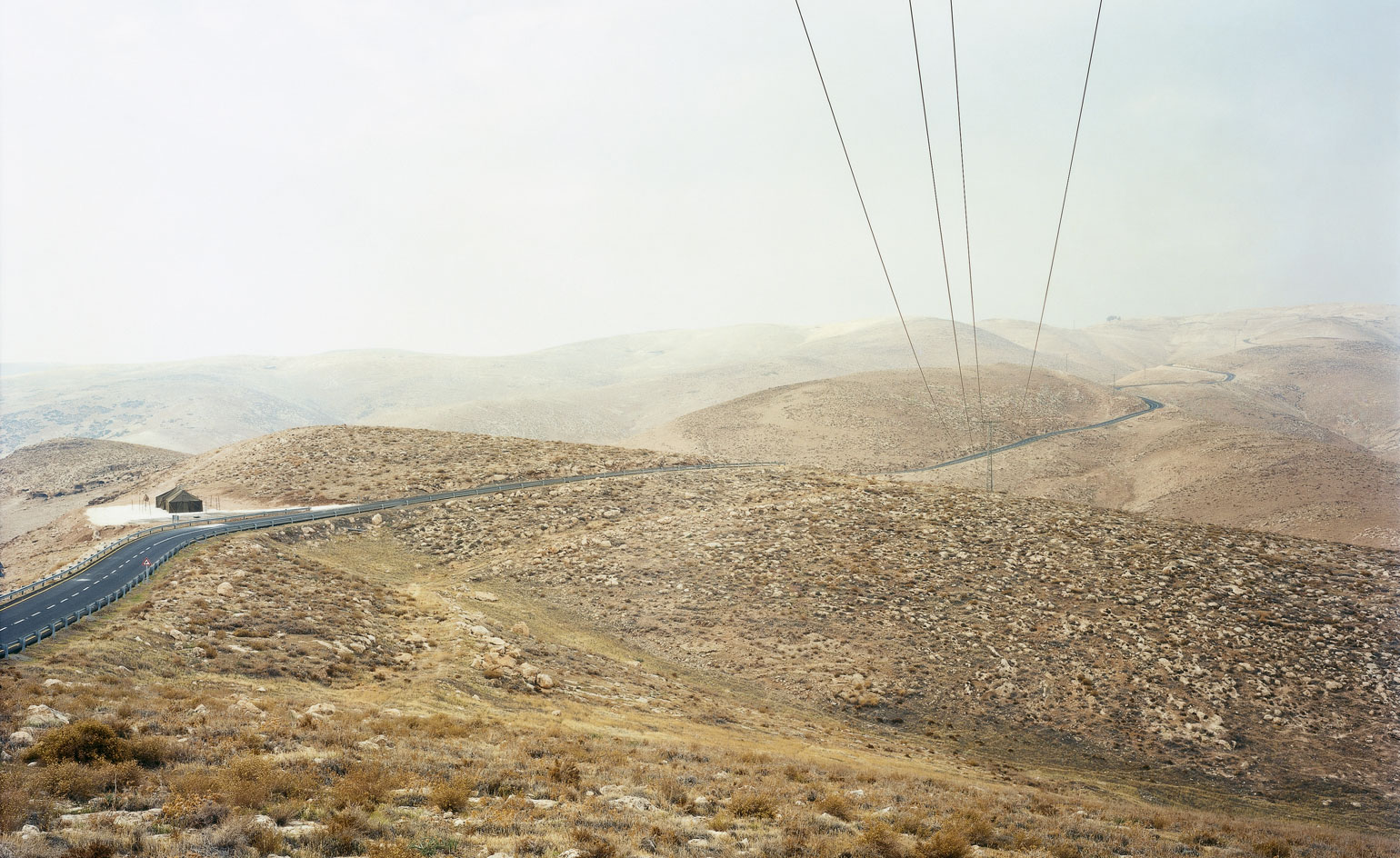
'Alon Road N. 31 51 . 068 E. 035 20.053 386 Metres West'
Wallpaper* Newsletter
Receive our daily digest of inspiration, escapism and design stories from around the world direct to your inbox.
-
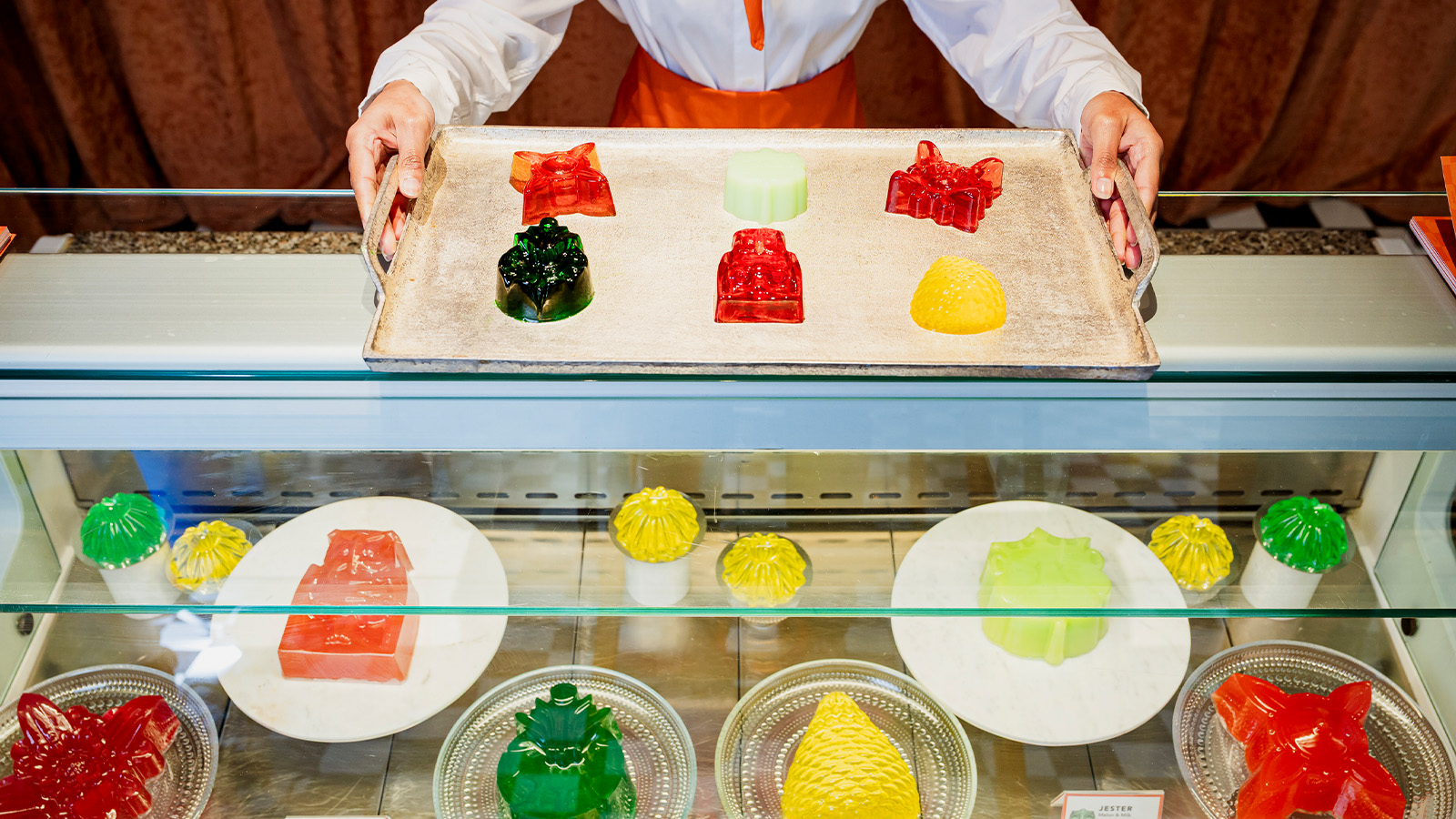 At the Regent Street Sensorium, architectural jelly sculptures are designed to ignite the senses
At the Regent Street Sensorium, architectural jelly sculptures are designed to ignite the sensesDelve into the history of London’s Regent Street through a jellyscape, a fragrance cloud and more – plus, for the event’s final week, two new immersive workshops (ends 27 April)
By Tianna Williams
-
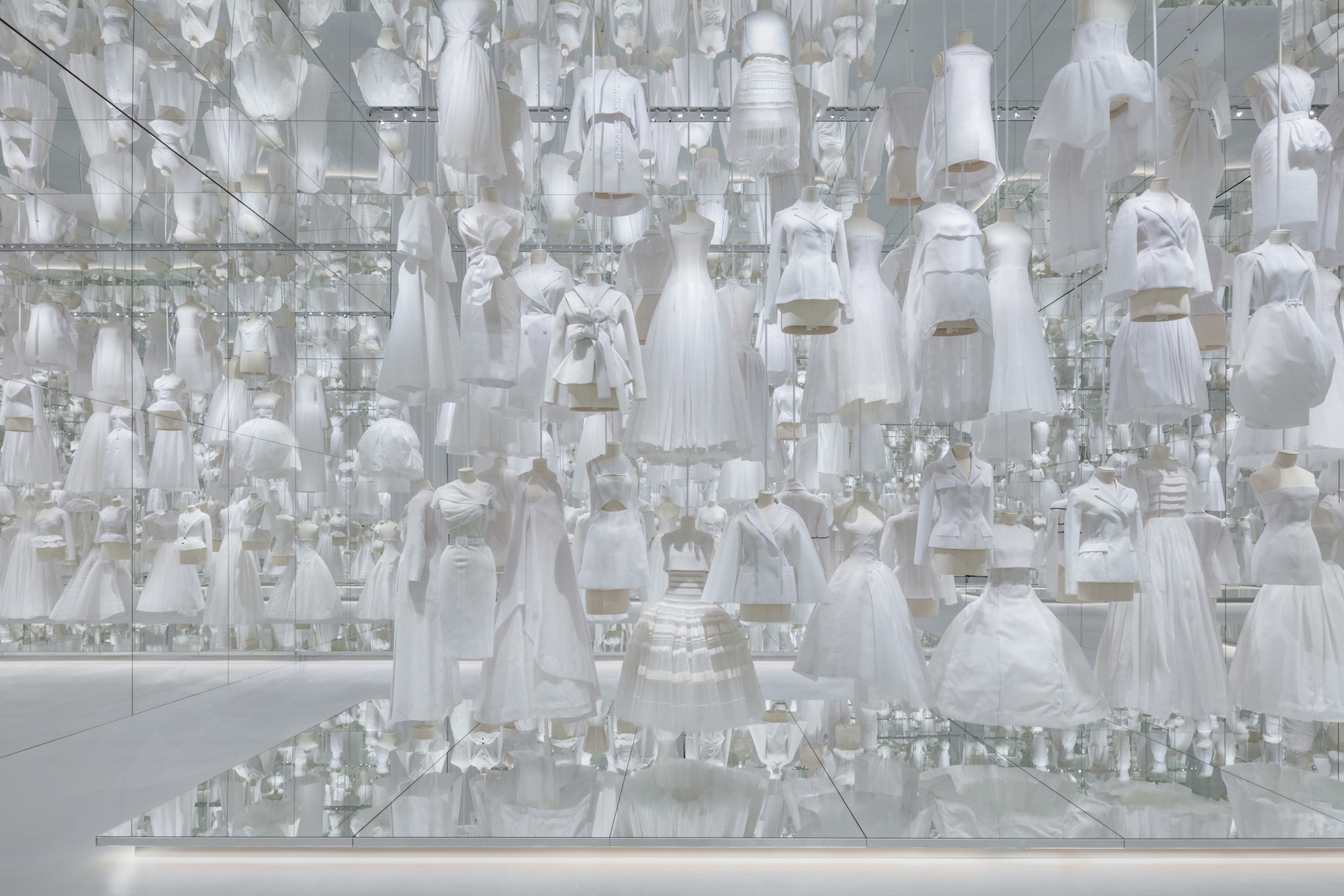 With scenography by OMA, Dior’s ‘Designer of Dreams’ exhibition in Seoul is ‘a piece of theatre’
With scenography by OMA, Dior’s ‘Designer of Dreams’ exhibition in Seoul is ‘a piece of theatre’OMA partner Shohei Shigematsu catches up with Wallpaper* about the dramatic show design for the latest iteration of ‘Christian Dior: Designer of Dreams’, which opened in Seoul this weekend
By Daven Wu
-
 Mercedes-Benz previews its next-gen people mover with an ultra-luxury EV concept
Mercedes-Benz previews its next-gen people mover with an ultra-luxury EV conceptThe Mercedes-Benz Vision V Concept is an art deco picture palace on wheels, designed to immerse passengers in parallel worlds as they travel
By Jonathan Bell
-
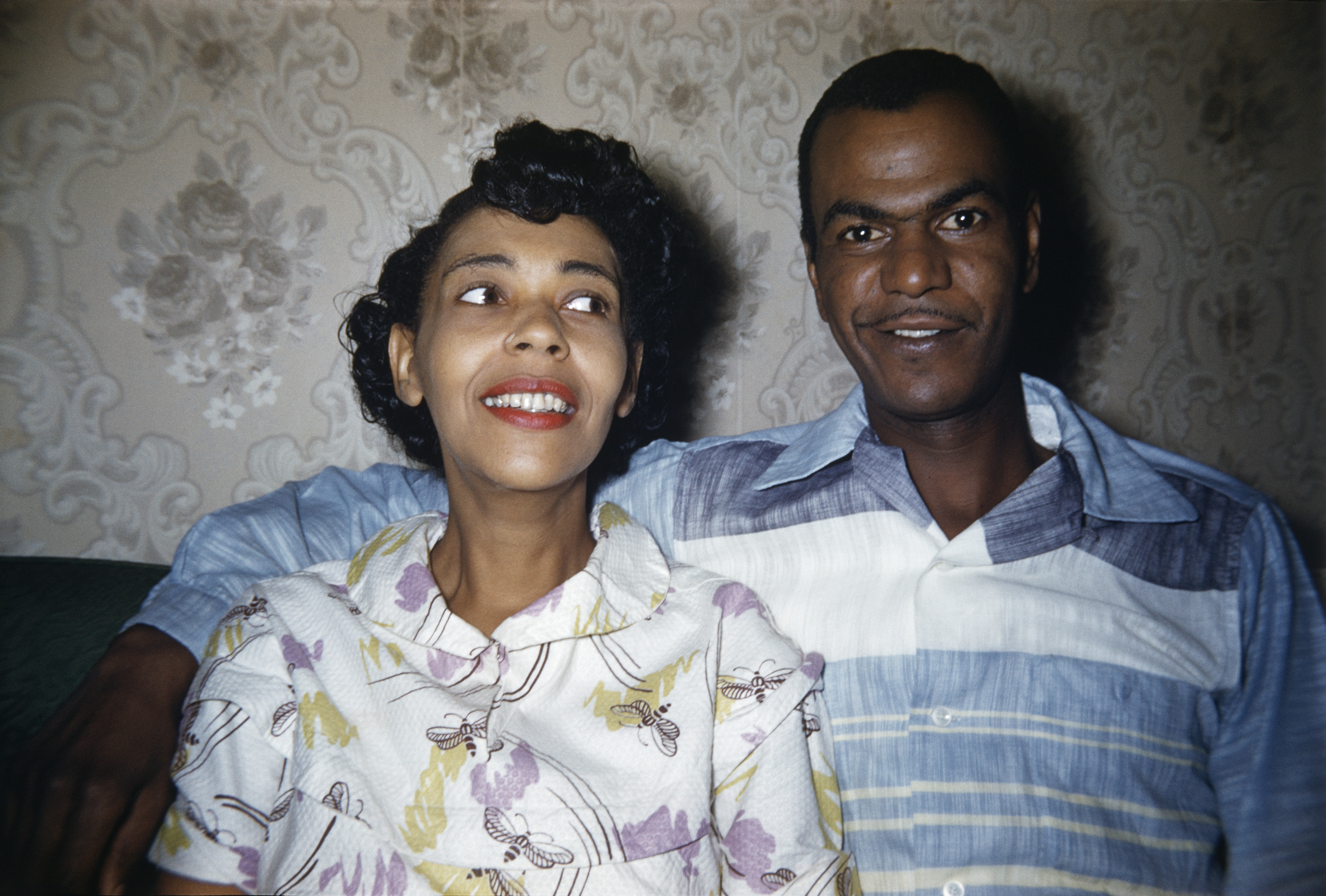 ‘Dressed to Impress’ captures the vivid world of everyday fashion in the 1950s and 1960s
‘Dressed to Impress’ captures the vivid world of everyday fashion in the 1950s and 1960sA new photography book from The Anonymous Project showcases its subjects when they’re dressed for best, posing for events and celebrations unknown
By Jonathan Bell
-
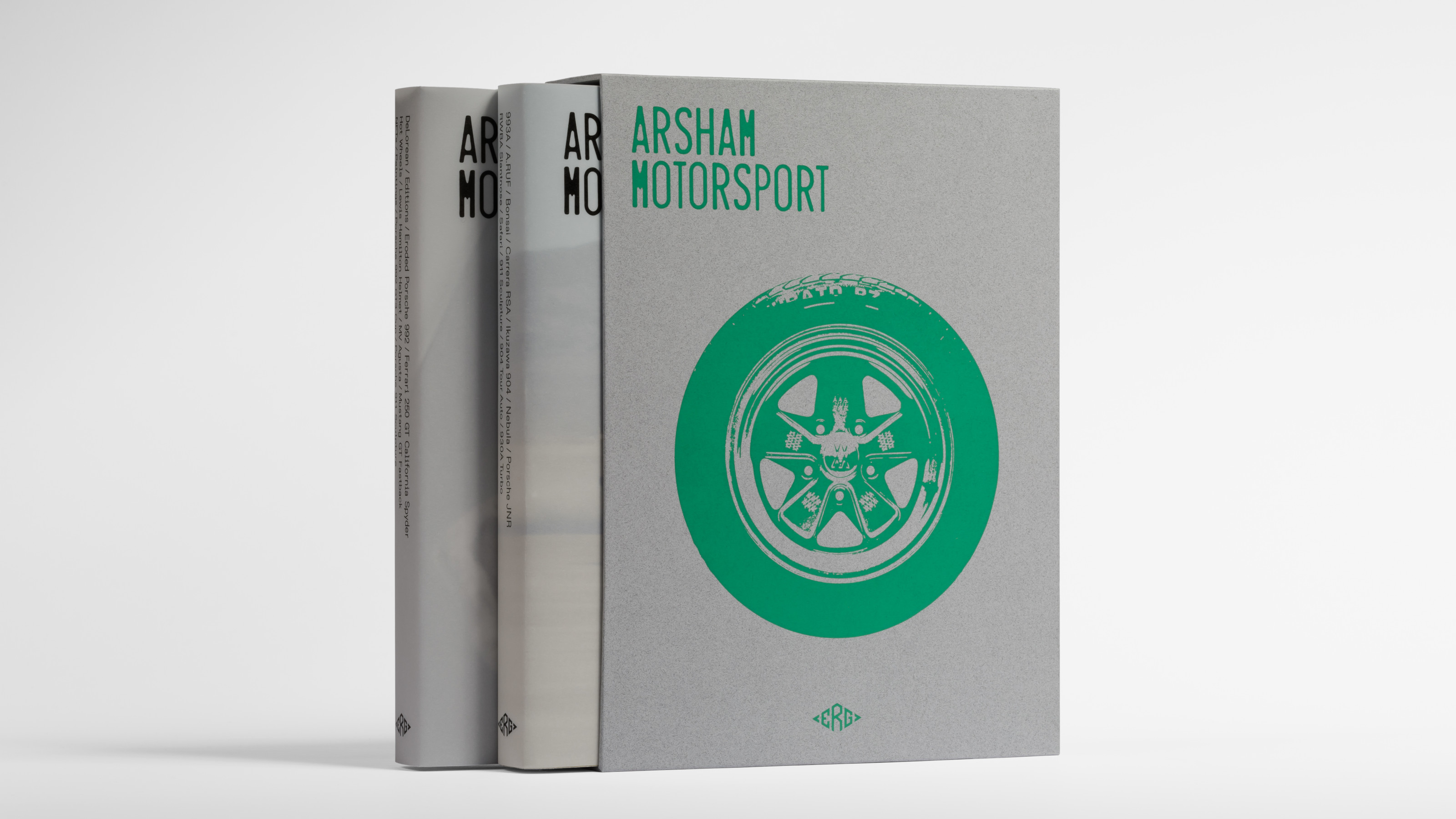 Daniel Arsham’s new monograph collates the works of the auto-obsessed American artist
Daniel Arsham’s new monograph collates the works of the auto-obsessed American artist‘Arsham Motorsport’ is two volumes of inspiration, process and work, charting artist Daniel Arsham’s oeuvre inspired by the icons and forms of the automotive industry
By Jonathan Bell
-
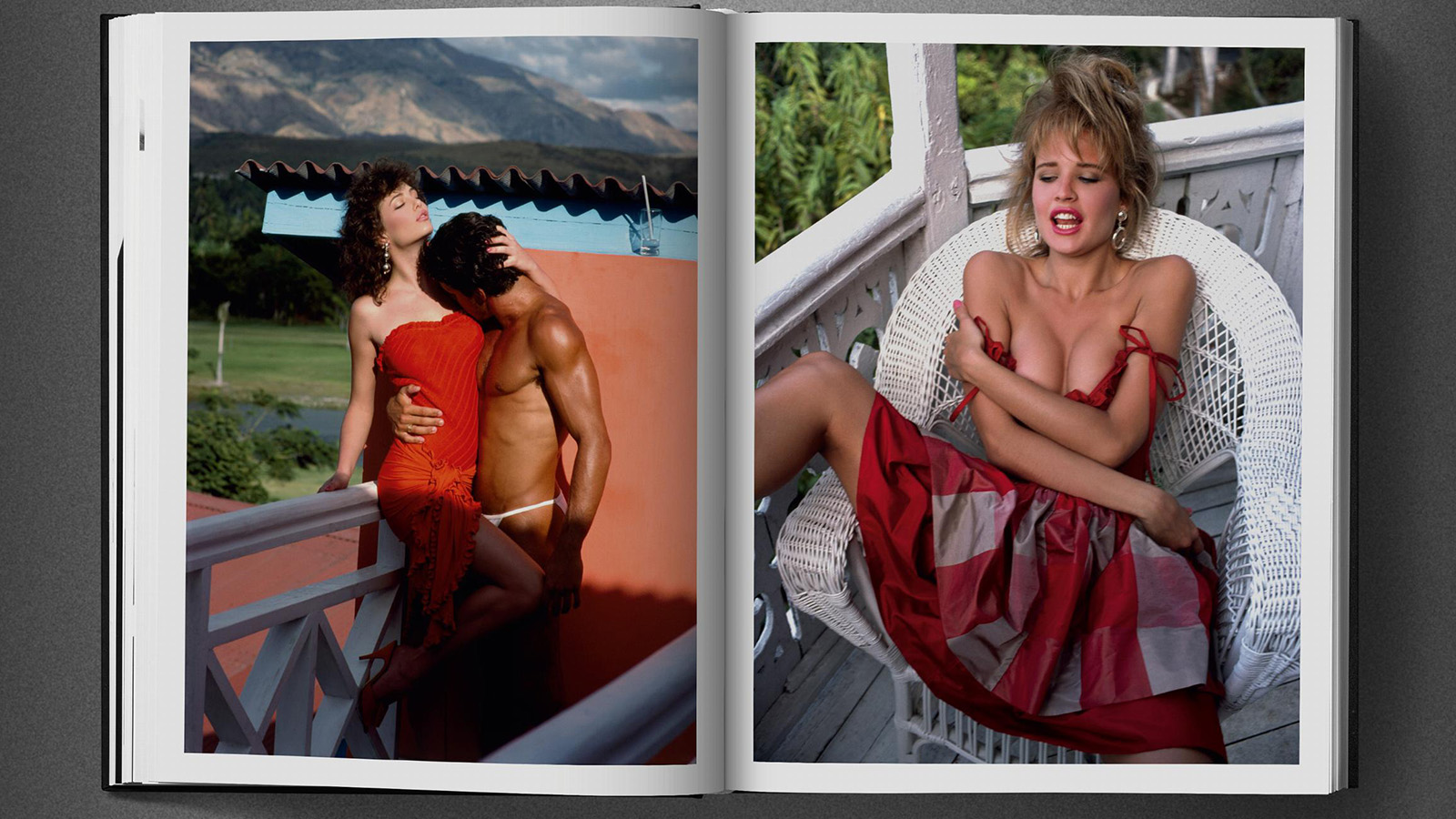 Era-defining photographer David Bailey guides us through the 1980s in a new tome not short of shoulder pads and lycra
Era-defining photographer David Bailey guides us through the 1980s in a new tome not short of shoulder pads and lycraFrom Yves Saint Laurent to Princess Diana, London photographer David Bailey dives into his 1980s archive in a new book by Taschen
By Tianna Williams
-
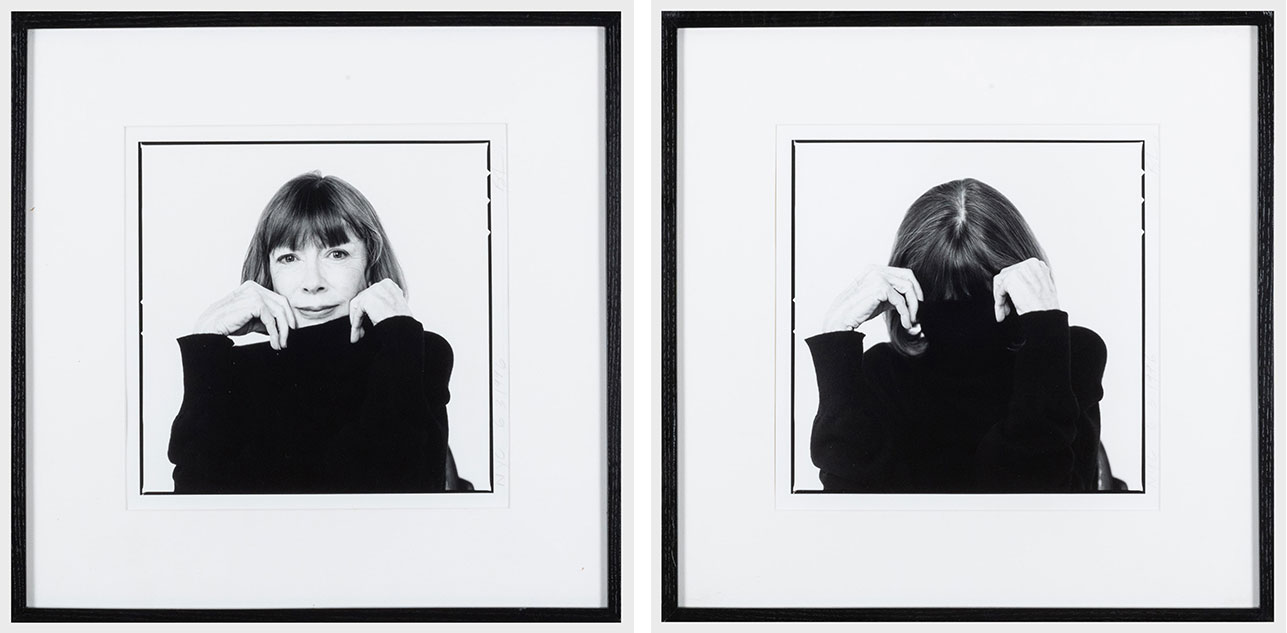 Inside Joan Didion’s unseen diary of personal relationships and post-therapy notes
Inside Joan Didion’s unseen diary of personal relationships and post-therapy notesA newly discovered diary by Joan Didion is soon to be published. Titled 'Notes to John', the journal documents her relationship with her daughter, husband, alcoholism, and depression
By Tianna Williams
-
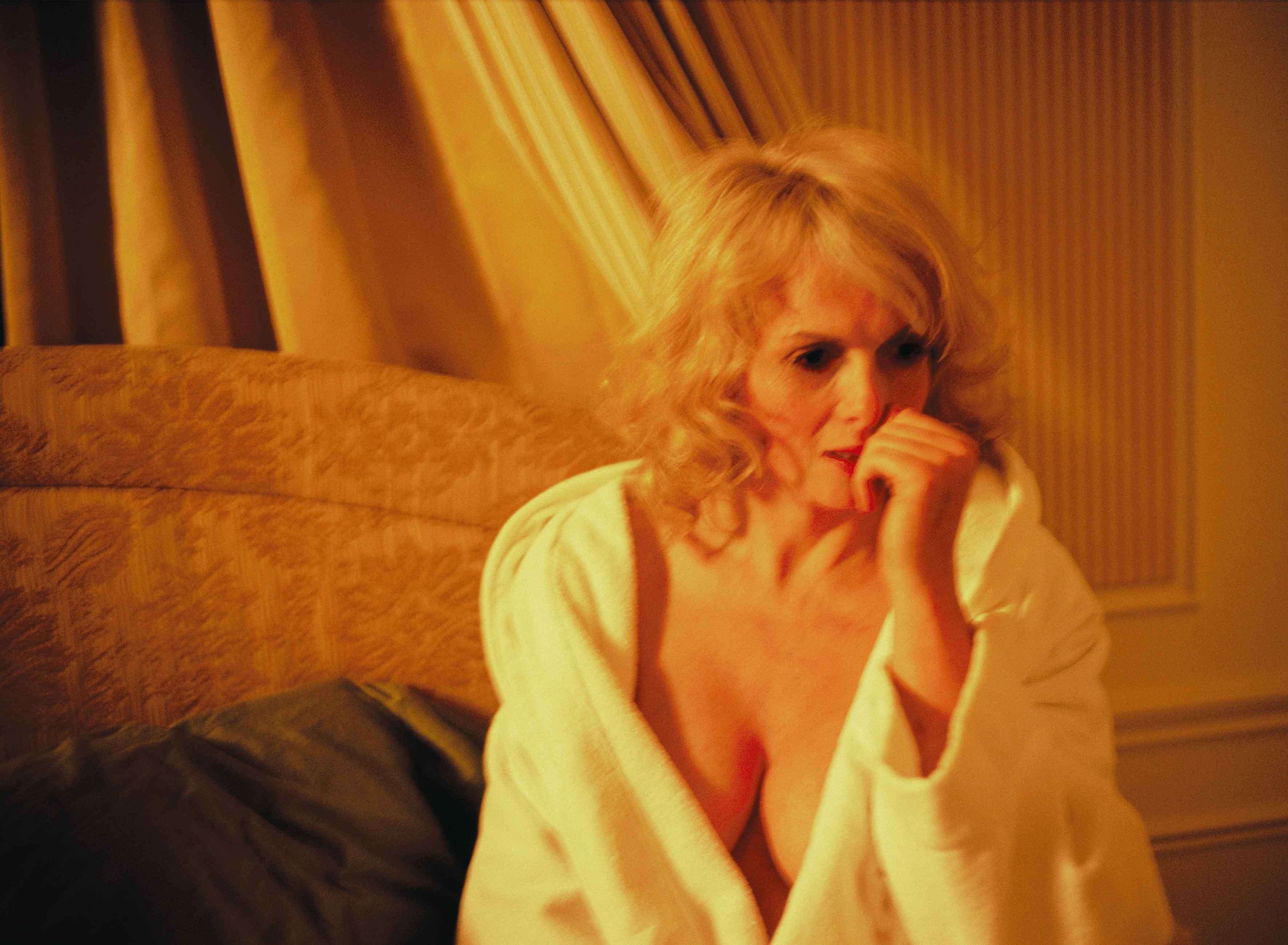 Carsten Höller’s new Book of Games: 336 playful pastimes for the bold and the bored
Carsten Höller’s new Book of Games: 336 playful pastimes for the bold and the boredArtist Carsten Höller invites readers to step out of their comfort zone with a series of subversive games
By Anne Soward
-
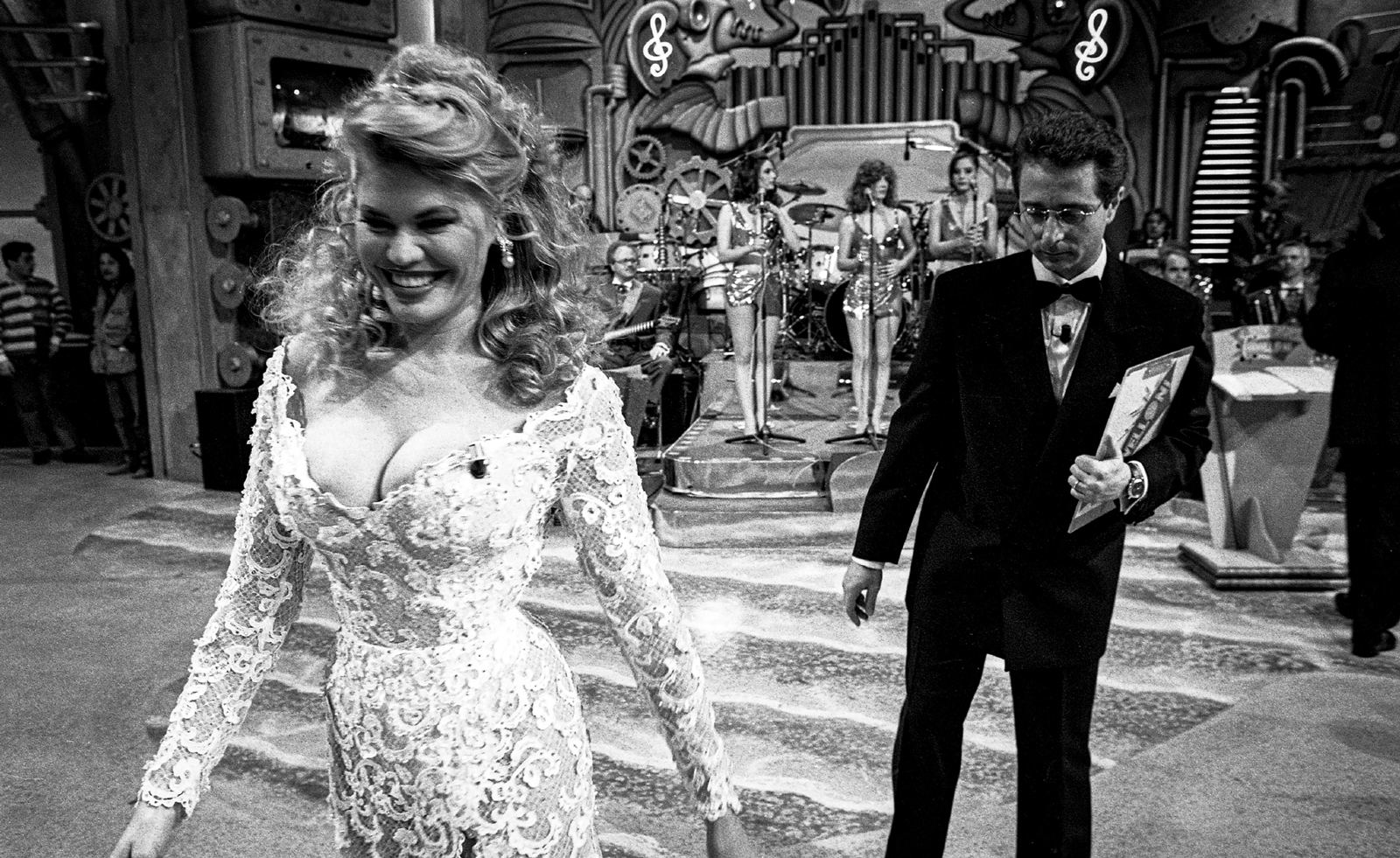 Distracting decadence: how Silvio Berlusconi’s legacy shaped Italian TV
Distracting decadence: how Silvio Berlusconi’s legacy shaped Italian TVStefano De Luigi's monograph Televisiva examines how Berlusconi’s empire reshaped Italian TV, and subsequently infiltrated the premiership
By Zoe Whitfield
-
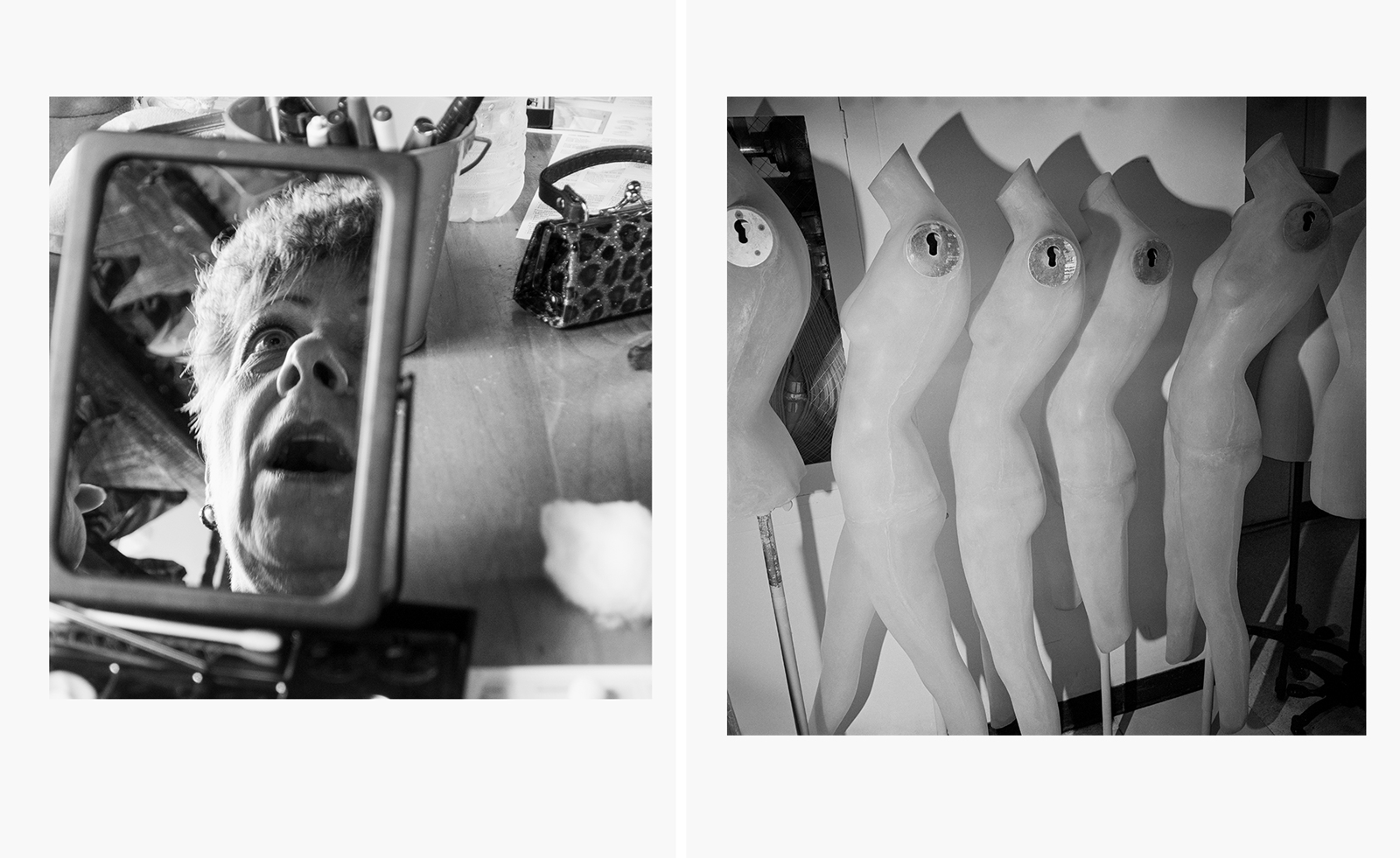 How a sprawling new book honours the legacy of cult photographer Larry Fink
How a sprawling new book honours the legacy of cult photographer Larry Fink‘Larry Fink: Hands On / A Passionate Life of Looking’ pays homage to an American master. ‘He had this ability to connect,’ says publisher Daniel Power
By Jordan Bassett
-
 New Jay-Z coffee-table book dives into the Brooklyn rapper's archives
New Jay-Z coffee-table book dives into the Brooklyn rapper's archives'Book of HOV: A Tribute to Jay-Z' is a hefty tome for a hefty talent
By Craig McLean